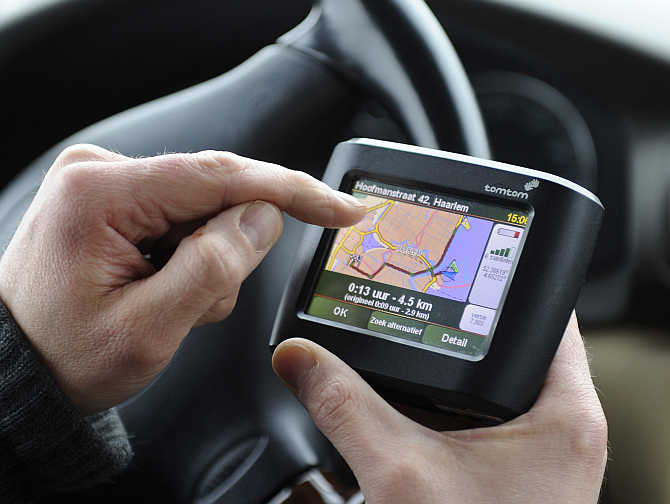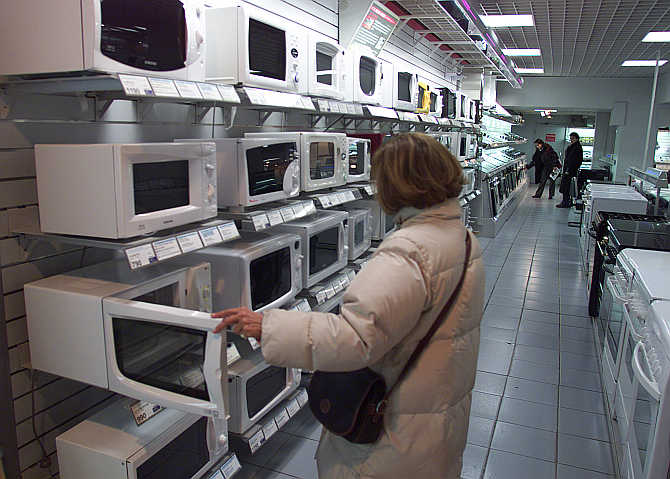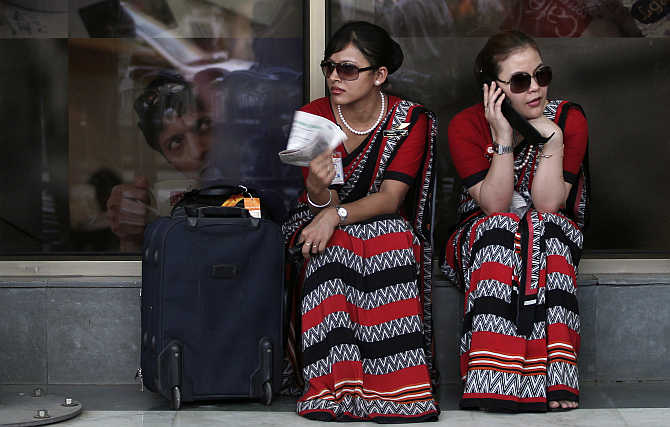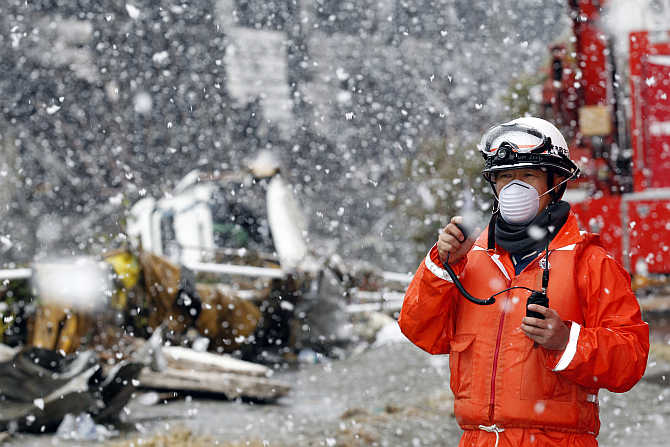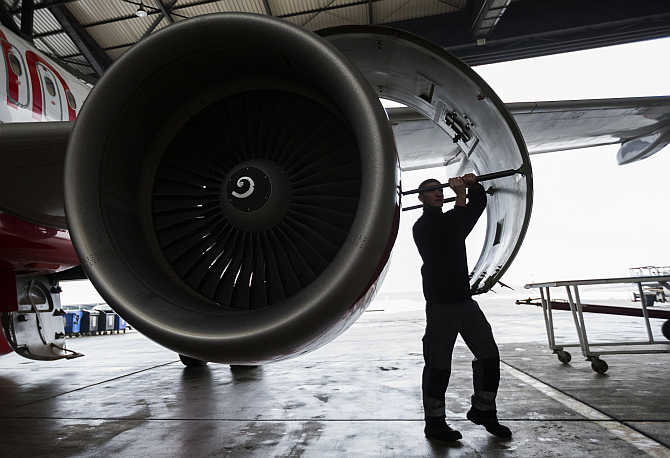 | « Back to article | Print this article |
Products that were not made for general public
There are many products we use everyday in our lives without thinking how they were developed, who came up with the idea and their original intended use.
Let's take a look at some inventions that were meant to be solely used by the military, but ended up being used by everyone.
NOTE: The image is for representation purpose.
Click NEXT to read more...
Products that were not made for general public
Global positioning system
Date of invention: 1959
It was originally developed for American Air Force and Navy to be used to track planes and ships and to guide missiles. Now GPS can be found in cars, commercial carriers and even smartphones.
Click NEXT to read more...
Products that were not made for general public
Duct tape
Date of invention: 1942
It was originally developed by Johnson & Johnson to be used by the American army to fix windows and equipment and to seal containers during the World War II. Now it is widely used in construction and repair.
Click NEXT to read more...
Products that were not made for general public
Jeep
Date of invention: 1940s
During the World War II, it provided soldiers power, versatility and speed that was not available in other four-wheel drives at that time. Now it's a brand associated with toughness and all-terrain capacity.
Click NEXT to read more...
Products that were not made for general public
Microwave oven
Date of invention: 1945
The idea behind Microwave oven owes its genesis to research on radio transmission and radar detection by American and British army during the World War II. The waves engineered by radio waves helped them bomb towns more accurately. These days microwaves are used in detecting speed, communications and in microwave ovens.
Click NEXT to read more...
Products that were not made for general public
Aviator sunglasses
Date of invention: 1937
The idea behind sunglasses was to protect they eyes of fighter pilots flying at extremely high altitude from bright light in the upper atmosphere or from freezing in minus 62 degree Celsius. These days Ray-Bans are worn by just about everybody.
Click NEXT to read more...
Products that were not made for general public
Kleenex
Date of invention: 1945
During the World War I, an American company, Kimberly-Clark, began making cellulose wadding derived from wood to bandage soldiers. These days people use its altered form, Kleenex, to wipe their face and hands around the world.
Click NEXT to read more...
Products that were not made for general public
Super glue
Date of invention: 1951
Super glue, created by Eastman Kodak's Harry Coover and Fred Joyner, was originally intended to be used as a heat-resistant coating for jet cockpits. These days the adhesive has both civilian and military uses.
Click NEXT to read more...
Products that were not made for general public
Walkie-talkie
Date of invention: 1930s
Walkie-talkie was invented by Motorola team during the World War II to be used by soldiers for communication. These days walkie-talkies are used by businesses, civil defence teams, boats and ships among others.
Click NEXT to read more...
Products that were not made for general public
Night vision
Date of invention: 1940s
The technology behind night vision was developed by Americans to provide visibility to military personnel in low light situations. These days the technology is used by both amateurs and soldiers around the world.
Click NEXT to read more...
Products that were not made for general public
Jet engine
Date of invention: 1940s
Jet engine was invented by British and German armies to boost the performance of fighter planes during the World War II. Now jet engines are deployed in aircraft, unmanned aerial vehicles and cruise missiles.
Click NEXT to read more...
Products that were not made for general public
Digital photography
Date of invention: 1960s
Digital photography was first developed by United States and Soviet Union in spy satellites. The use of digital photography also eliminated the need to recover deorbited film canisters.
Click NEXT to read more...
Products that were not made for general public
Internet
Date of invention: 1960s
"Advanced Research Projects Agency Network was one of the world's first operational packet switching networks, the first network to implement TCP/IP and the progenitor of what was to become the global Internet. The network was initially funded by the Advanced Research Projects Agency within the US Department of Defense for use by its projects at universities and research laboratories in the US," according to Wikipedia.

